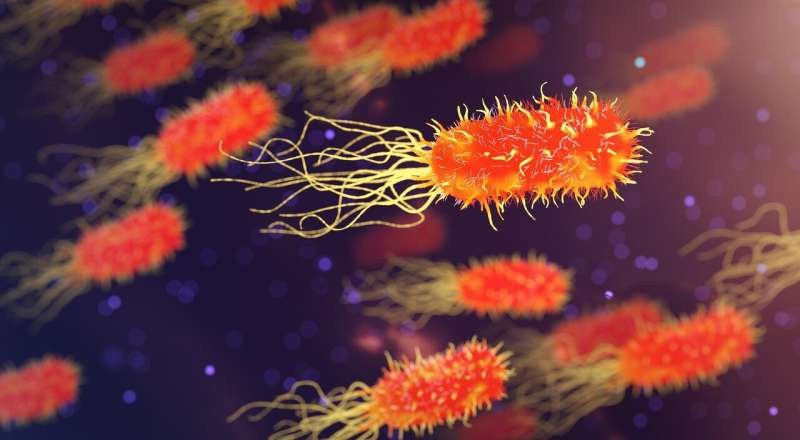Credit: CC0 Public Domain
What determines species diversity remains a big challenge. Despite many studies support a latitudinal diversity gradient for the plants and animals, there are still limited evidence to test whether microbial diversity follow this rule or not. Some studies based on specific region even failed to find a linear relationship between microbial diversity and latitude.
Moreover, there are distinctive attributes between bacteria and fungi particular in their body size, life strategies and metabolic functions. These uncertainties therefore, may impede our ability to predict whether the bacterial diversity may vary different from fungal diversity along latitudinal environment gradients.
Recently, Dr. Wang Qingkui from the Institute of Applied Ecology of the Chinese Academy of Sciences and Dr. Manuel Delgado-Baquerizo from Universidad Pablo de Olavide, Spain conducted a study to test the dissimilarity in the latitudinal diversity pattern between bacteria and fungi along a 4,100 km transect.
According to the results, bacterial diversity showed a hump-shaped trend with latitude, while the diversity of fungi, and especially fungal saprobes and pathogens decreased with increasing latitude.
Temperature and primary productivity, which decreased with increasing latitude, were the best predictors of fungal diversity. While soil properties such as pH and N:P ratio were the best predictors for the latitudinal pattern in bacterial diversity.
Further statistical results showed that sampling bias should be carefully considered in disentangling the underlying mechanisms of microbial geographical distribution. Their findings suggest that temperature is more likely to associate with fungal diversity than with bacterial diversity in eastern China, with important implications for the prediction of soil biodiversity and functions under climate change scenarios.
These results were published in a paper entitled "Decoupled diversity patterns in bacteria and fungi across continental forest ecosystems" in Soil Biology and Biochemistry.
More information: Shengen Liu et al. Decoupled diversity patterns in bacteria and fungi across continental forest ecosystems, Soil Biology and Biochemistry (2020). DOI: 10.1016/j.soilbio.2020.107763
Provided by Chinese Academy of Sciences
























